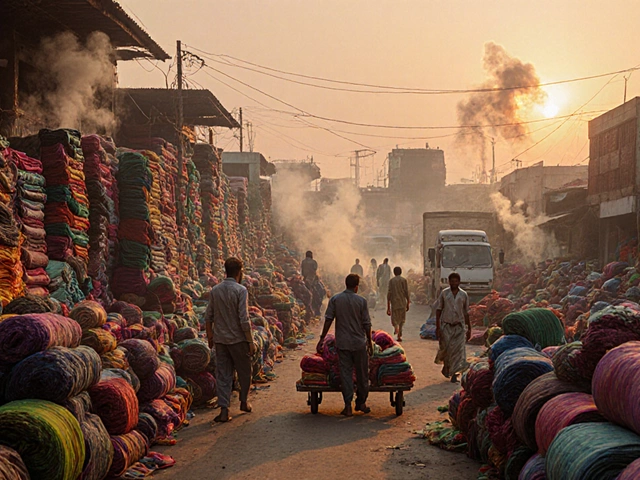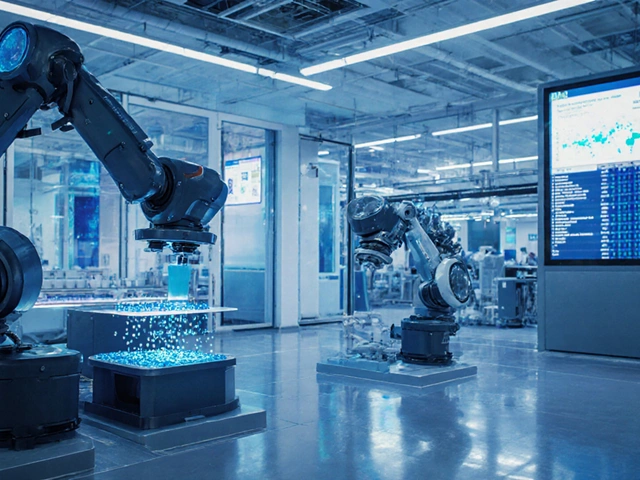What Is the Future of Pharmacy in India? Trends, Challenges, and What’s Coming Next
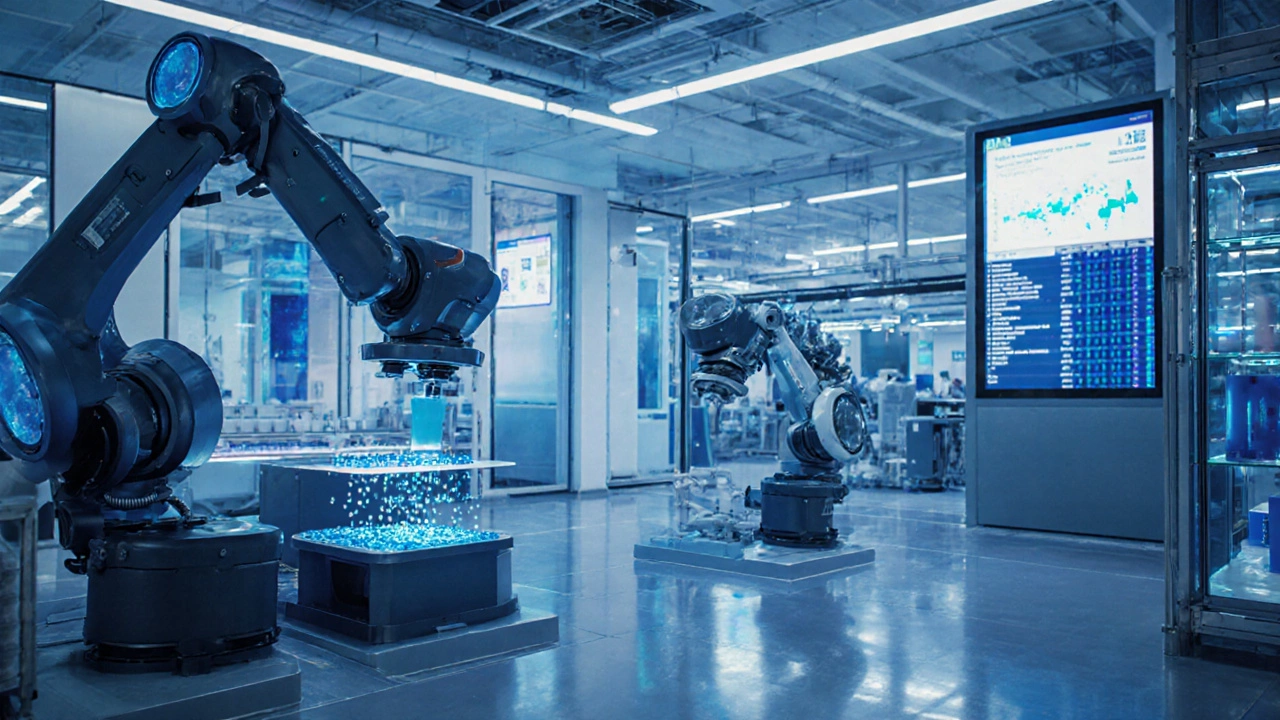
API Import Risk Calculator
India currently imports 60% of its APIs (active pharmaceutical ingredients) from China, creating significant supply chain vulnerability. This tool estimates how reducing API imports impacts supply chain risk based on the government's PLI scheme goals.
Risk Assessment Results
Based on current PLI investment, India could reduce API dependency to 45% by 2027. However, this remains above the target of 30% dependency required for true self-reliance.
High Risk
Key Factors
India is already the pharmacy of the world, supplying over 20% of global generic medicines. But what happens next? The next five years will reshape how medicines are made, regulated, sold, and trusted - not just in India, but across Africa, Southeast Asia, and Latin America. This isn’t just about making more pills. It’s about building a smarter, faster, and more resilient system that can handle pandemics, aging populations, and rising demand for quality drugs.
India’s Generic Drug Dominance Is Evolving
For decades, India’s strength has been cheap, high-quality generic drugs. Companies like Sun Pharma, Dr. Reddy’s, and Cipla built empires by copying off-patent medicines and selling them at a fraction of the price. But that model is changing. The U.S. FDA and European regulators are now inspecting Indian factories more often - and rejecting more of them. In 2024 alone, over 40 Indian pharma plants lost their FDA approval due to data integrity issues, poor sanitation, or inconsistent quality control.
That’s forcing companies to shift from volume to value. Instead of just churning out 100 million tablets of metformin, top manufacturers are now investing in complex generics - like inhalers, injectables, and biosimilars. These are harder to make, require advanced labs, and pay better. By 2027, India is expected to supply 35% of all biosimilars used globally, up from just 12% in 2020.
Manufacturing Is Going High-Tech
Old-school pharma plants with manual labeling and batch records are becoming rare. New factories in Gujarat, Hyderabad, and Chennai are using AI-powered quality control systems that scan every pill for weight, color, and coating thickness in real time. Sensors detect even the smallest deviation - something a human inspector might miss after 12 hours on the line.
Robotic arms now handle sterile filling for injectables. Automated packaging lines sync with blockchain systems to track every box from factory to pharmacy. This isn’t science fiction - it’s happening right now. Companies like Biocon and Zydus Cadila have spent over $500 million in the last three years upgrading their tech. Why? Because the U.S. and EU now demand digital traceability. If you can’t prove your drug wasn’t tampered with, you won’t get approved.
The Government Is Pushing for Self-Reliance
India’s Production Linked Incentive (PLI) scheme for pharma, launched in 2020, has already disbursed over $1.2 billion to 47 companies. The goal? Cut imports of critical active pharmaceutical ingredients (APIs) - especially from China - by 70% by 2027. Today, India still imports 60% of its APIs. That’s a huge risk. During the pandemic, when China shut down, India ran out of paracetamol and antibiotics.
Now, new API plants are rising in Telangana and Maharashtra. One plant in Baddi, Himachal Pradesh, produces 1,200 tons of ibuprofen annually - enough to supply 500 million doses. These aren’t small labs. These are multi-billion-dollar facilities built with government support. The PLI scheme isn’t just about money - it’s about building domestic capability so India doesn’t get held hostage again.
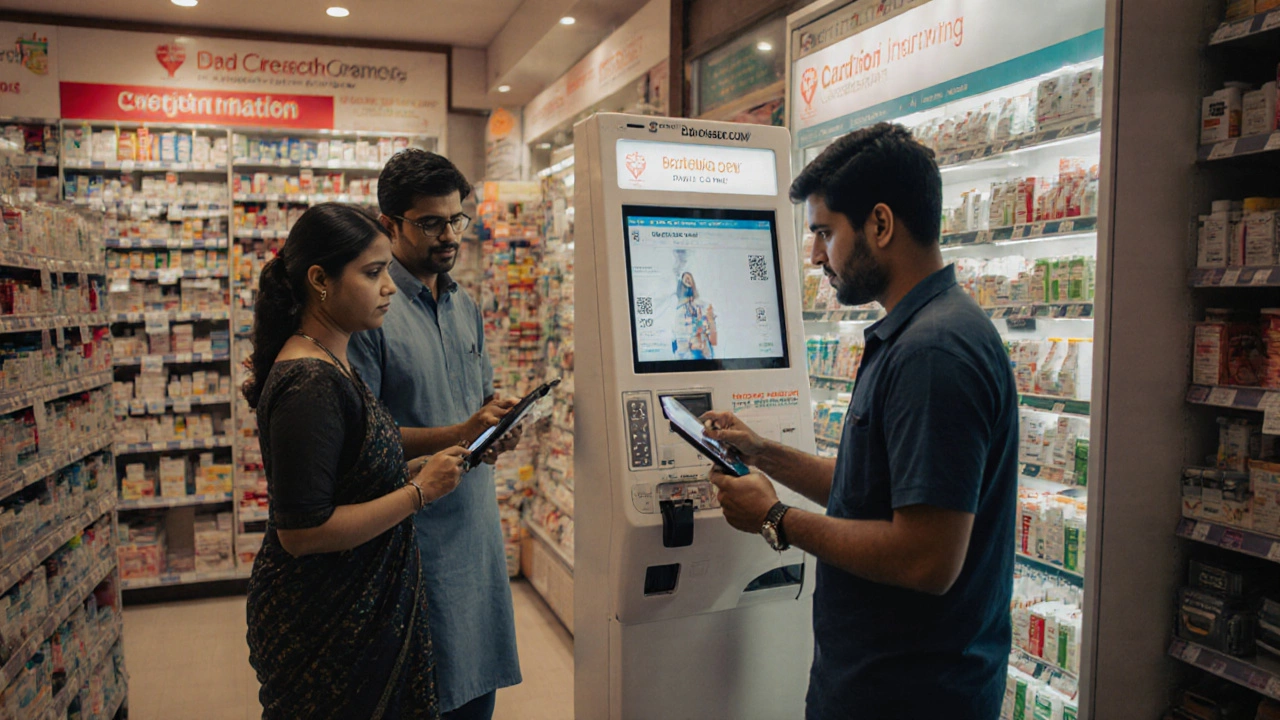
Pharmacies Are Becoming Health Hubs
Walk into a pharmacy in Delhi or Bangalore today, and you won’t just see shelves of medicine. You’ll find blood pressure monitors, glucose testers, and even teleconsultation kiosks. Chains like Apollo Pharmacy, MedPlus, and Netmeds are turning stores into mini-clinics. Customers can get their cholesterol checked, talk to a remote doctor via tablet, and get their prescription filled - all in 15 minutes.
This shift is driven by two things: aging populations and digital health adoption. Over 14% of India’s population is over 60, and many live far from hospitals. Pharmacies are stepping in. By 2030, 60% of urban pharmacies are expected to offer some form of health service. That means pharmacists will need training in basic diagnostics, not just dispensing pills.
Regulation Is Getting Tougher - And That’s Good
For years, India’s drug regulators were seen as slow and under-resourced. That’s changing. The Central Drugs Standard Control Organization (CDSCO) has hired over 1,200 new inspectors since 2022. They’re using AI to analyze inspection reports and flag high-risk manufacturers before problems arise.
Drug pricing is also getting smarter. Instead of capping prices across the board, the government now targets only the most widely used drugs - like insulin, antibiotics, and heart meds. The rest? Market-driven. This gives companies room to innovate and invest, while still keeping essentials affordable.
The new Drug and Cosmetics (Amendment) Rules of 2024 require all manufacturers to submit real-time batch data to a national database. If a batch fails, it’s flagged instantly. No more delayed recalls. No more hidden defects.
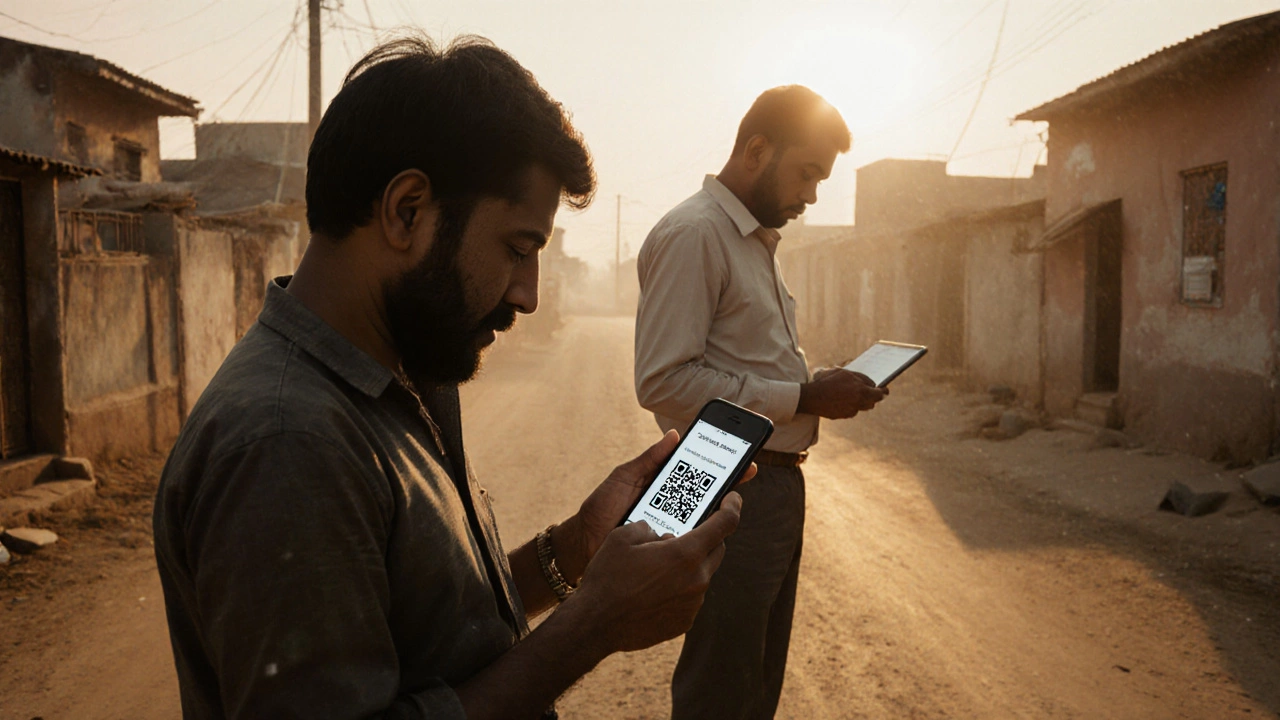
The Big Threat: Counterfeit Drugs and Black Markets
Despite progress, fake medicines are still a problem. In rural areas, nearly 1 in 5 drugs sold are counterfeit, according to a 2024 WHO report. These aren’t just ineffective - they’re deadly. Fake antibiotics contribute to drug-resistant infections. Fake malaria pills kill children.
Technology is the answer. The government is rolling out a national drug tracking system using QR codes and blockchain. Each medicine box will have a unique code. Consumers can scan it with their phone and see the full history - where it was made, when it left the factory, which distributor handled it. By 2026, this will be mandatory for all prescription drugs.
Pharmacies that don’t adopt this system will lose their licenses. That’s a game-changer. It shifts the burden from regulators to the market. If you can’t prove your drugs are real, you don’t get to sell them.
What’s Next? India’s Pharma in 2030
By 2030, India won’t just be the pharmacy of the world - it’ll be the innovation hub for low-cost, high-impact medicines. Expect to see:
- Indian-developed vaccines for neglected diseases like dengue and tuberculosis exported to Africa
- AI-designed drugs created in Bangalore labs, tested in Mumbai, and sold in Nairobi
- 3D-printed pills customized for individual patients - dosage adjusted by age, weight, and genetics
- Pharma startups funded by Indian venture capital, not just Western investors
The companies that survive will be those that combine manufacturing excellence with digital tools, regulatory compliance, and real patient needs. The ones stuck in old ways? They’ll vanish.
Why This Matters Beyond India
When India gets its pharma act together, the whole world benefits. Lower drug prices. Faster access to generics. Fewer supply chain shocks. More trust in medicines from developing nations.
But it’s not automatic. It depends on consistent investment, skilled workers, and honest regulation. India has the talent. It has the ambition. Now it needs to execute - without cutting corners.
Is India still the pharmacy of the world?
Yes, but the role is changing. India still supplies over 20% of the world’s generic medicines and is the largest provider of vaccines globally. However, it’s moving from being just a low-cost manufacturer to a source of advanced generics, biosimilars, and innovative drug formulations. Quality and technology now matter as much as price.
Are Indian drugs safe?
Many are - but not all. Top Indian manufacturers meet U.S. FDA and EU standards and export to over 150 countries. However, smaller, unregulated units still produce substandard or fake drugs, especially in rural markets. The government is cracking down with stricter inspections and mandatory digital tracking. By 2026, all prescription drugs must have traceable QR codes to fight counterfeits.
What’s the biggest challenge for Indian pharma?
Reducing dependence on imported active pharmaceutical ingredients (APIs), especially from China. India still imports 60% of its APIs. Building domestic API production is expensive and complex, but critical for national health security. The PLI scheme is helping, but progress is slow. Another challenge is upgrading outdated factories and training workers in modern quality systems.
Will India make its own COVID-style vaccines?
Already has. India produced over 2 billion doses of COVID vaccines during the pandemic - more than any other country. Companies like Bharat Biotech and Serum Institute are now developing next-gen vaccines for dengue, tuberculosis, and even cancer. India has the infrastructure, expertise, and scale to lead in vaccine innovation for low- and middle-income countries.
Can Indian pharmacies replace doctors?
No - but they’re becoming first-line health advisors. Urban pharmacies now offer free health screenings, teleconsultations, and chronic disease management. For millions in remote areas, the local pharmacy is the only access point to health services. Pharmacists are being trained to recognize warning signs and refer patients to clinics - making them vital parts of the healthcare network, not just medicine sellers.




